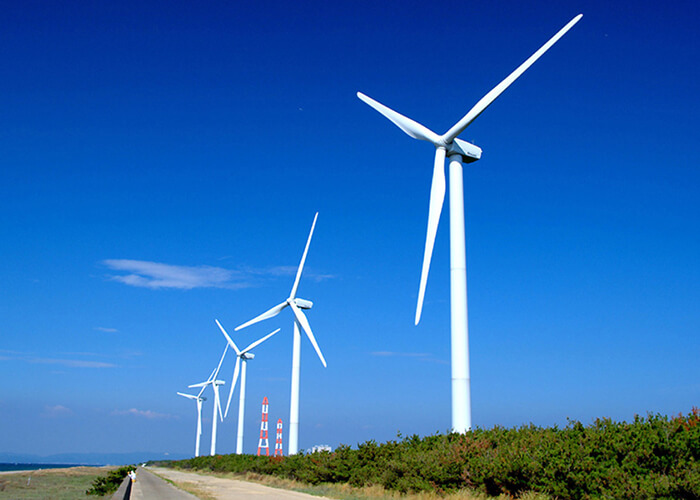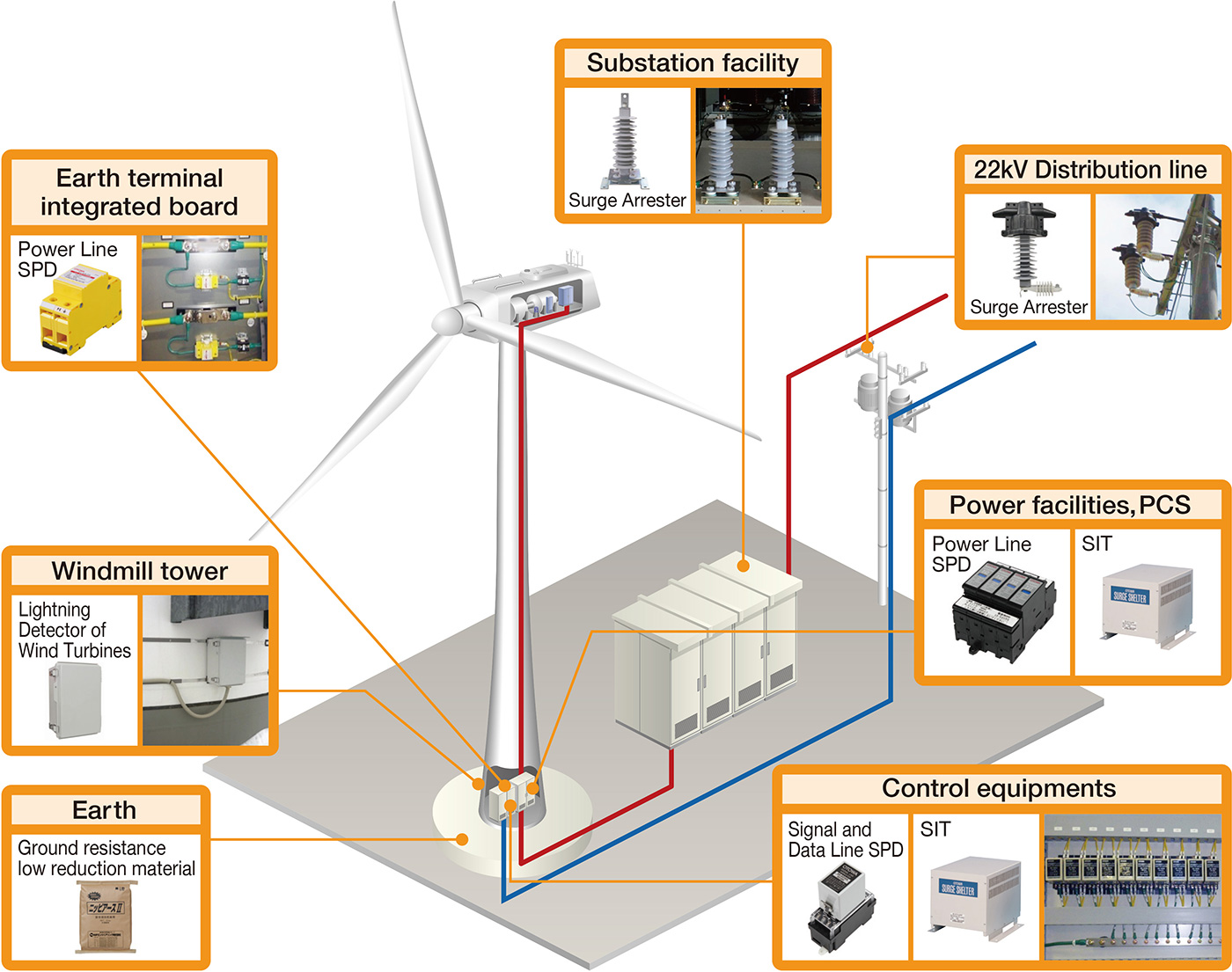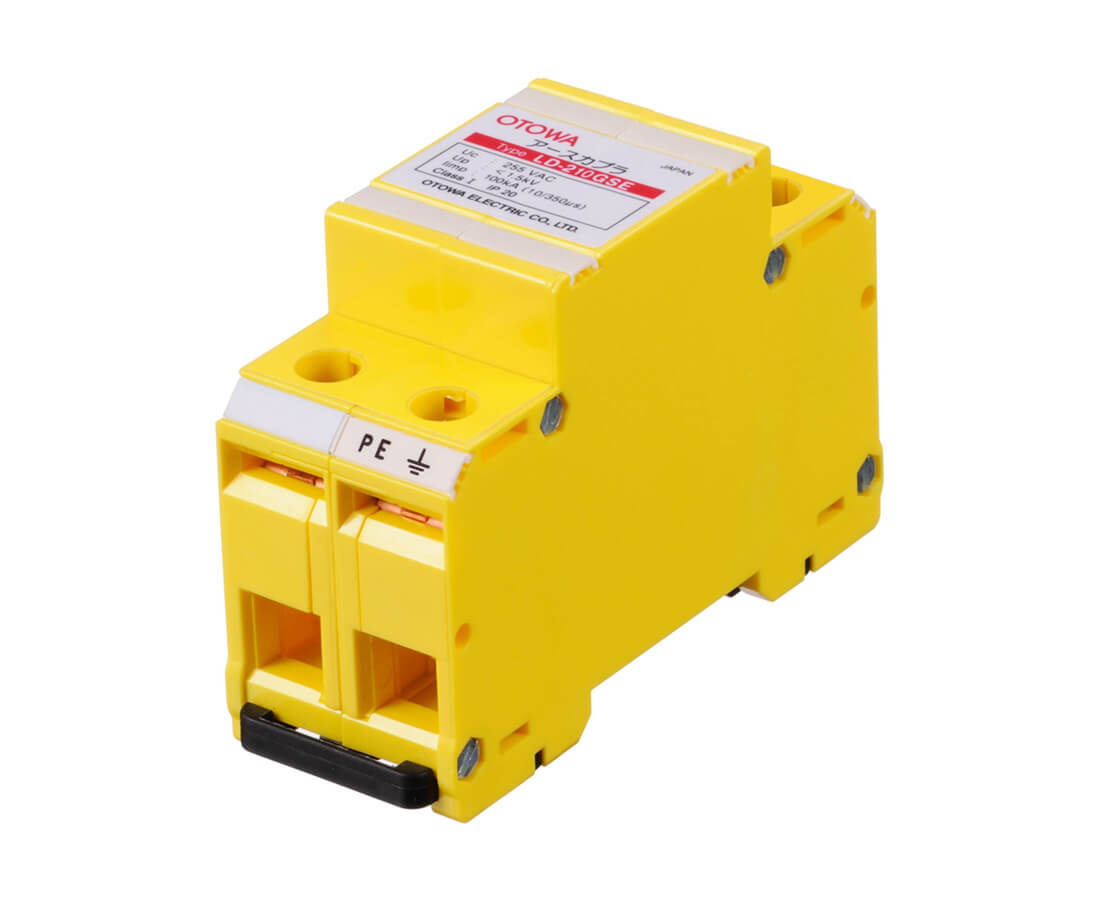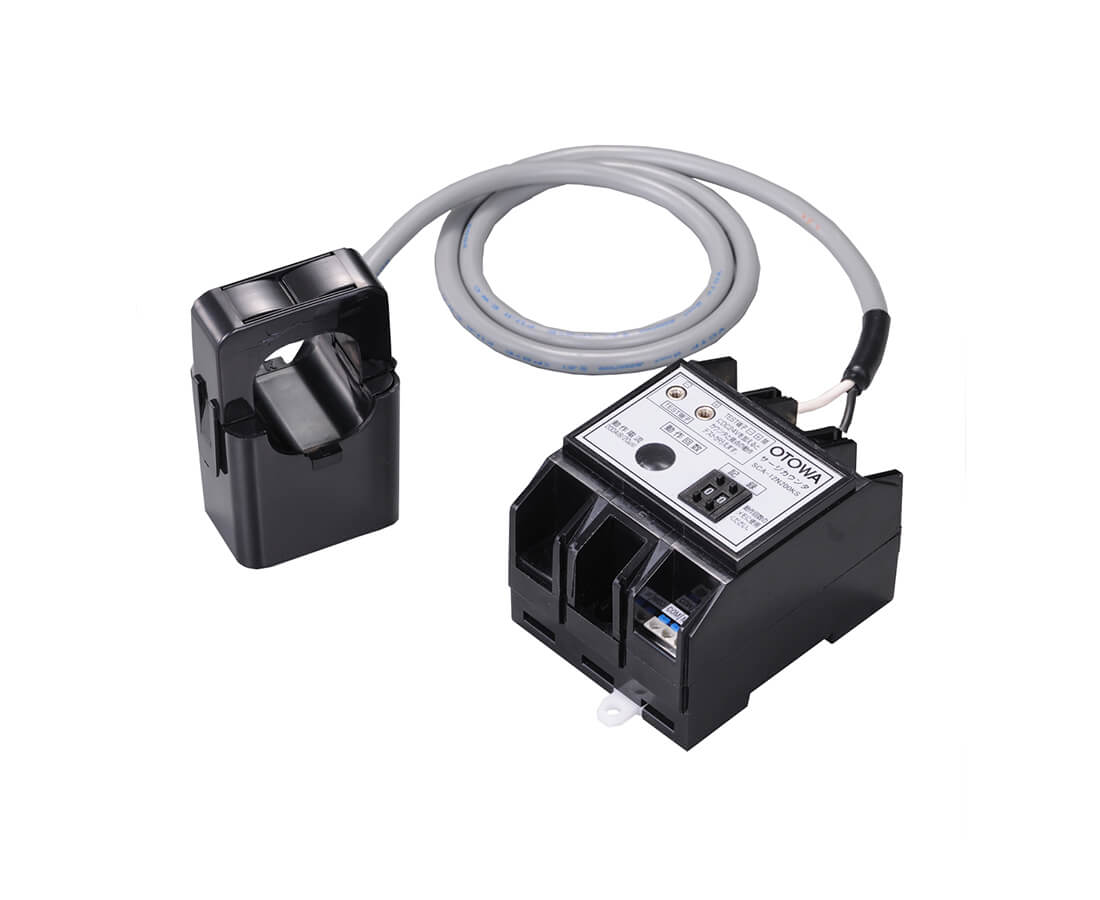
Due to the nature of the equipment, wind power generation systems installed on vast unobstructed sites are designed on the assumption that they will be subjected to direct lightning strikes, but lightning damage will occur if a larger-than-expected lightning strike occurs.
When damage occurs, the shunt component of the direct lightning strike may enter the wind turbine and cause severe damage to the equipment. In addition to damage to the equipment, the wind turbine itself can also be severely damaged. In the past, wind turbines have been struck by lightning, causing the blades to detach.
In the case of wind turbines installed on mountaintops, some of them are built on bedrock with hard soil. In such cases, the ground resistance is higher, and it can be said that a potential difference is more likely to occur (making them more susceptible to lightning surges).



